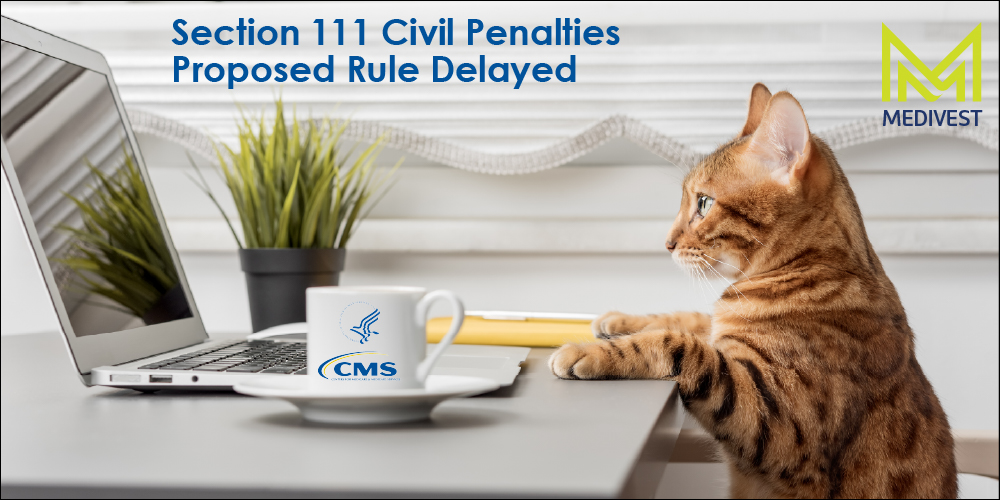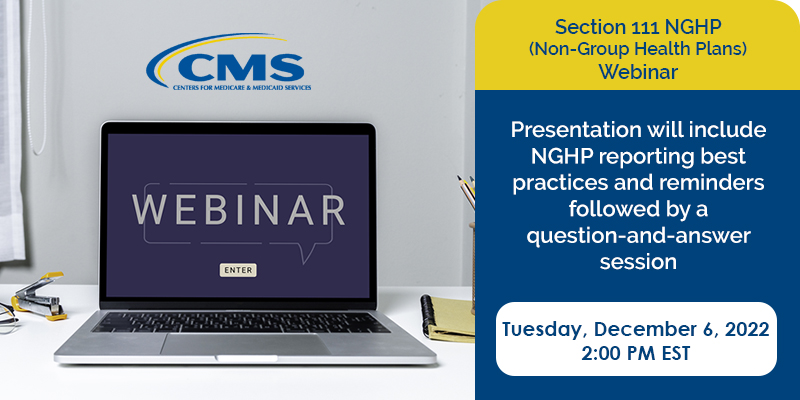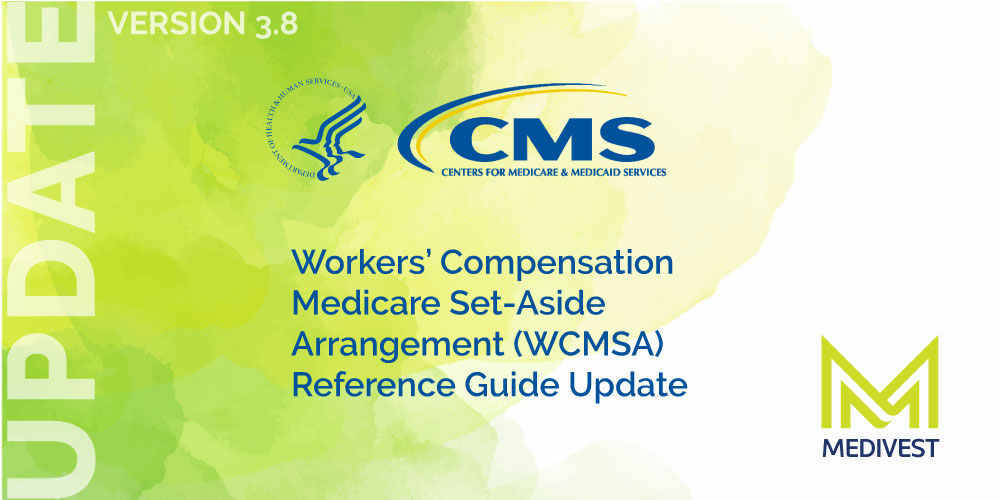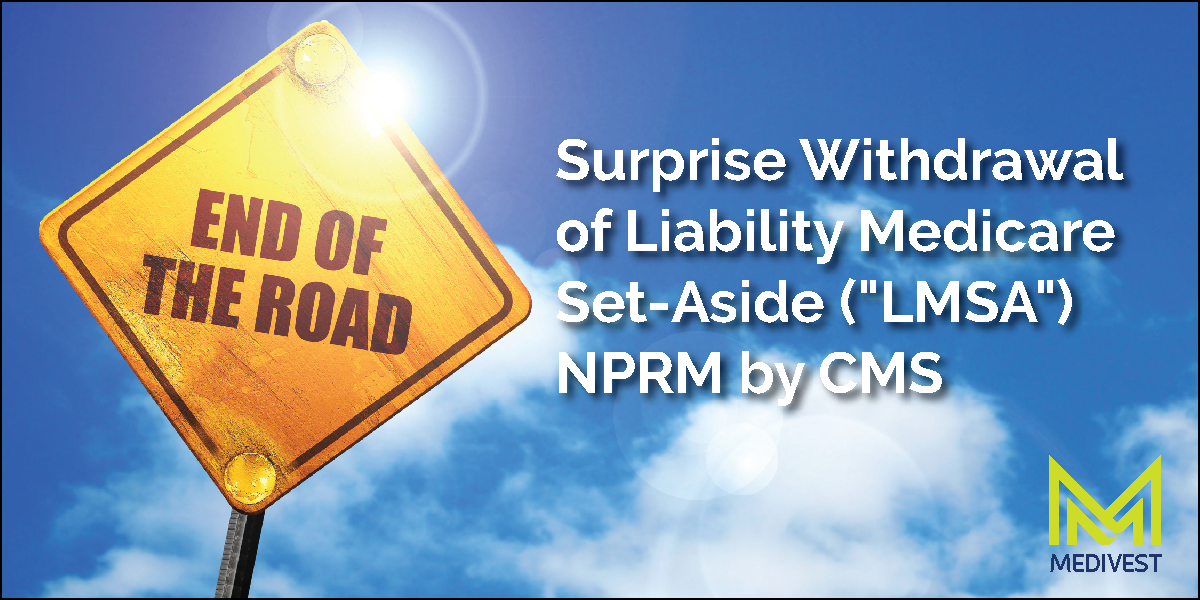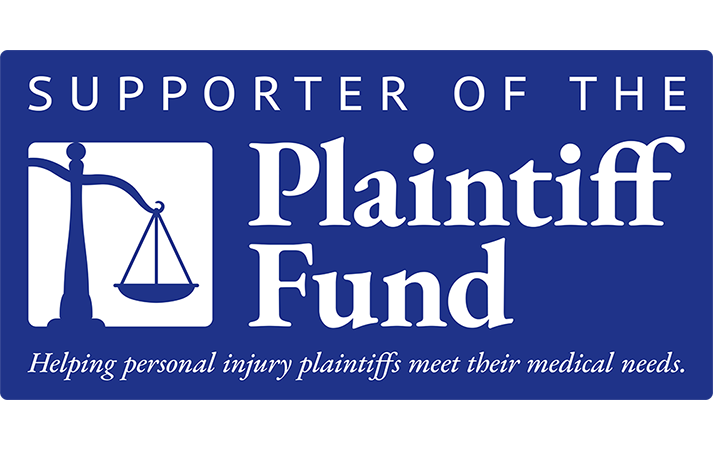In liability or workers’ compensation settlements, all parties need to consider how the agreement affects Medicare. Typically, this assessment comes in the form of a Medicare Set-Aside (MSA) proposal or report. The MSA report is a detailed outline of anticipated expenses for the injured party. It can protect you from several adverse events and provide clear guidance throughout the course of the settlement.
Still, Medicare requirements can be complex, so you may have some questions about how MSA works and what you need to do to set it up properly. To help, we’ve put together a Medicare Set-Aside FAQ with some of the top questions.

What Is Medicare Set-Aside?
The Medicare Secondary Payer (MSP) statute stipulates that Medicare doesn’t need to pay for an injured person’s medical expenses when another entity — such as a United States workers’ compensation law or plan — pays or can be reasonably expected to pay for the care.
Essentially, when future medical expenses are involved, the parties must try to protect Medicare’s interests and cannot shift the costs to the Centers for Medicare and Medicaid Services (CMS). To do so, settlement parties can create a Medicare Set-Aside. The MSA is a portion of the settlement dedicated to future injury-related medical expenses that would otherwise be covered and reimbursed by Medicare.
You’ll see both Workers’ Compensation Medicare Set-Asides (WCMSAs) and Liability Medicare Set-Asides (LMSA). They work similarly and cover elements like treatments, prescription drugs and administration costs. The details of the MSA account are outlined in a MSA report or proposal.
Based on many factors, such as the expected treatment and the beneficiary’s life expectancy, this report identifies the predicted costs for their medical expenses. It also provides details about the account’s usage, including whether funds are given in a lump sum or through structured annuity and information on drug frequency, dosage and predicted costs.
The funds for MSA go into a certain account and the administrator must provide detailed information about how the expenses are paid out. For instance, they may submit records of the beneficiary’s receipts for medical transactions. This step helps ensure Medicare will pay for future expenses if the funds run out.
Are Medicare Set-Asides Required?
No, MSAs are not required. However, not creating one when Medicare is likely to be involved can cause problems. Without an approved MSA report, CMS could refuse to pay for future medical expenses until the full settlement is exhausted. It could also enact priority right of recovery and take payments back from entities that received any portion of third-party payments.
While not required, MSA creates a detailed document that shows Medicare that you considered their interests during the settlement. If you submit it to CMS and receive approval, you also have documentation that CMS validated the amount and accuracy of the report.
When Is a Medicare Set-Aside Required?
Again, a MSA is not required, but CMS suggests it in the following situations:
- When the injured individual is receiving Social Security Disability or Retirement.
- When the injured individual is age-eligible or within 30 months of becoming a Medicare beneficiary.
- When the injured individual is eligible for or already receiving Medicare.
CMS will review MSA proposals if:
- The claimant is a Medicare beneficiary and the settlement totals more than $25,000.
- The claimant is reasonably expected to enroll in Medicare within 30 months of the settlement date and the anticipated settlement amount — for future medical expenses and disability or lost wages over the life or duration of the agreement — is more than $250,000.
How Do You Calculate Medicare Set-Asides?
Calculating MSA amounts is done through a MSA report. It includes all injury-related services or items that Medicare would otherwise cover. While MSAs are generated on a case-by-case basis, some of the factors involved include:
- Workers’ compensation fee schedules.
- Usual and customary charges and actual charges, according to drug payment histories and claims payments.
- Medical records and bills.
- Facility and provider fees.
- The individual’s age, location and other relevant details.
Can You Avoid a Medicare Set-Aside?
You can bypass the MSA, but remember, if the settlement involves future medical expenses and potential Medicare benefits, we recommend against it. Federal law under MSP prevents any attempts to shift costs to Medicare. Without the MSA, you haven’t shown that you performed due diligence and may be at risk for negative effects, like refusal to pay and right of recovery from CMS.
If CMS finds the MSA account was underfunded, it can deny payment for case-related Medicare-covered expenses up to the beneficiary’s net settlement amount, instead of just the MSA amount. Since skipping the MSA can put the injured party’s benefits at risk, the claimant’s attorneys may request one.
Can I Spend My Medicare Set-Aside Funds?
The funds from a MSA account can only be used to pay for items and services outlined in the settlement. The expenses must be related to the injury and would otherwise be covered by Medicare. These spending rules apply even if the injured person isn’t currently a Medicare beneficiary.
If funds are used in any other capacity, Medicare can deny injury-related claims until the account administrator proves that the MSA funds have been exhausted under appropriate use cases. They must show that qualifying expenses equal the entire amount of the WCMSA or LMSA.
What Happens to Unused Medicare Set-Aside Funds?
At the end of the year, any leftover funds carry over to the next year. These funds continue to roll over each year until they’re used up. Upon the death of the injured person, funds are first reimbursed to CMS for any covered outstanding medical charges. Since providers have up to 12 months from the date a service is rendered, WCMSA or LMSA accounts may be left open for a year.
After that timeframe, the unused funds can be disbursed to the injured worker’s beneficiaries according to state law, assuming other Medicare claims are satisfied.

Let Medivest Handle Medicare Set-Asides for Your Clients
MSAs can get complex, and CMS recommends working with a professional administrator. Medivest has been helping clients for over 25 years, simplifying MSP compliance and MSA reports.
Our MSA Allocation Reports are created by highly trained nurses, reviewed by certified coders and managed by certified MSP case managers. Although every case is different, Medivest can usually create an analysis within 10 business days. Other services involved in MSA Allocation Reports include verifying Social Security and Medicare eligibility, requesting and verifying conditional payment and generating a non-quality report.
At Medivest, we strive to deliver the highest quality standards with comprehensive and attentive service. We’ll help you prepare for the future by protecting Medicare’s interests and providing greater visibility to the parties involved in the settlement. Reach out to us today to request your MSA report or ask an expert about our services.



